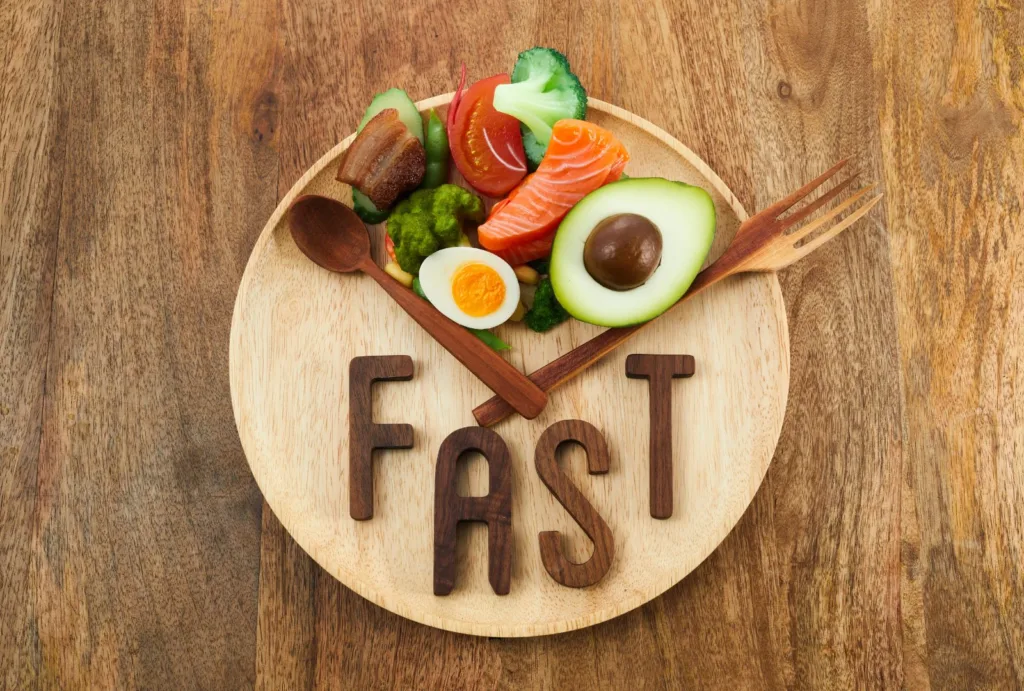Have you ever considered trying intermittent fasting as a way to revitalize your health and lifestyle? Among the various fasting methods that have gained popularity, 16:8 intermittent fasting stands out as a favorite for many women looking for a balanced and sustainable approach to wellness. This method, which involves fasting for 16 hours and eating within an 8-hour window, is not just another diet trend; it’s a lifestyle change that could unlock numerous health benefits.
Understanding 16:8 Intermittent Fasting

What exactly is 16:8 intermittent fasting?
At its core, this method involves a daily cycle where you fast for 16 hours and consume all your meals within an 8-hour window. It’s a time-restricted feeding schedule that’s surprisingly simple to grasp and implement.
How does it differ from other fasting methods?
Unlike more stringent fasting approaches, such as 24-hour fasts or alternate-day fasting, the 16:8 method is often seen as more manageable and less intimidating for beginners. It’s not about skipping meals but rather about condensing your eating period each day. This approach can easily align with a typical day, often involving skipping breakfast and eating from noon to 8 PM, for example.
Benefits of 16:8 Intermittent Fasting
Weight Management and Fat Loss
By shortening your eating window, you naturally reduce your calorie intake, which can lead to weight loss. Plus, fasting periods promote the burning of fat for energy, aiding in fat loss.
Improved Metabolism and Energy Levels
Fasting can enhance hormone function, which aids in weight loss and metabolism. Many women report feeling more energetic and less sluggish when they adapt to this eating pattern.
Potential Benefits for Mental Clarity and Focus
Some research suggests that intermittent fasting can have positive effects on brain health. It’s believed to improve concentration, reduce brain fog, and even potentially bolster cognitive function over time.
Implementing 16:8 Intermittent Fasting in Your Routine
Adopting the 16:8 intermittent fasting method into your daily life can be a smooth transition with the right approach. Here’s how you can start:
- Ease into the Schedule
Begin by gradually pushing back your breakfast time, or if you’re a night eater, try closing your kitchen earlier. This helps your body adjust without a drastic change. - Plan Your Meals
Focus on balanced meals during your eating window. Include a mix of proteins, healthy fats, and plenty of vegetables. Planning helps prevent overeating or reaching for unhealthy options when you break your fast. - Listen to Your Body
While consistency is key, it’s also important to be flexible and responsive to your body’s signals. If you’re feeling unwell or excessively hungry, it’s okay to adjust your fasting period. - Stay Hydrated
Drink plenty of water throughout the day. You can also have non-caloric beverages like black coffee or herbal tea during the fasting period.
Common Challenges and How to Overcome Them
While 16:8 intermittent fasting is straightforward, it’s not without its challenges. Here are some common hurdles and how to navigate them:
Dealing with Hunger Pangs and Cravings
Initially, you might experience hunger pangs during the fasting period. Combat this by staying hydrated and keeping busy. Over time, your body will adapt to the new eating schedule.
Balancing Social and Family Meals
Social events and family dinners can fall outside your eating window. On such occasions, it’s okay to adjust your eating window. Remember, flexibility can be key to maintaining a long-term fasting routine.
Maintaining Nutritional Balance
Ensure your meals are nutrient-dense to make up for the reduced eating frequency. Include a variety of foods to cover all your nutritional bases.
Frequently Asked Questions (FAQs)
While it’s generally safe, it’s not recommended for pregnant or breastfeeding women, those with a history of eating disorders, or individuals with certain medical conditions.
Yes, you can. Some people find they perform well exercising while in a fasted state, but it depends on your individual energy levels and preferences. Listen to your body and adjust accordingly.
It’s possible to feel a bit tired initially as your body adjusts. However, many find that their energy levels actually increase once they become accustomed to the fasting schedule.
Yes, you can drink water, black coffee, and unsweetened tea during the fasting period. Avoid adding sugar or milk as they can break the fast.
Results can vary based on individual factors like diet, lifestyle, and adherence to the fasting schedule. Some may notice changes within a few weeks, while for others, it may take longer.





2 Responses
Can i eat anything in my eating window for 16:8 IF?
Hi Elvisha
You’re not restricted to specific foods during an 8-hour window., but it’s advisable to consume a balanced diet rich in whole foods, lean proteins, fruits, and vegetables.